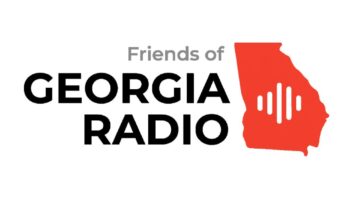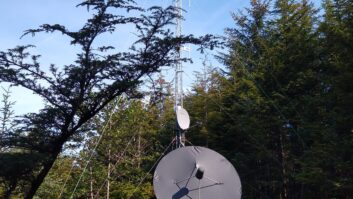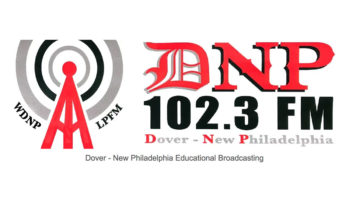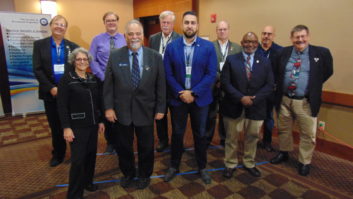Engineering for profit
Nov 1, 2002 12:00 PM, By Gordon S. Carter, CPBE
Shortly after the first regularly scheduled radio broadcasts began, commercials began. Ever since then, radio station owners and managers have tried to make radio broadcasting a profitable venture. In these days of falling stock prices, failing businesses and dropping ad revenues, it is more difficult than ever to make it profitable.
One of the areas that is often cut back to save money is engineering. Conventional wisdom states that engineering is an unavoidable expense that should be reduced as much as possible. However, some creative thinking can turn that expense into revenue.
Extra tower space can be a valuable commodity for a station that owns its own tower.

For many years, FM stations have had the ability to add a subsidiary communications authorization (SCA) to their signal. This is an additional signal that rides on the main carrier and needs a special receiver to be detected. Because it is outside of the bandwidth of the main signal, it is inaudible in normal receivers, except in unusual cases (quiet main signal and older receivers). The only stations that have a problem with SCAs are those that broadcast classical music, and recent advances in technology makes that rare.
While the FCC does not specify a limit to the number of SCA signals a station can use, most limit themselves to no more than two. This is because each SCA signal reduces the main channel modulation somewhat.
SCA customers have taken several forms throughout the years. Some of the oldest SCA users are reading services for the blind, often found on the SCA of non-commercial stations. Other users are minority or niche programming, such as foreign language programming. The audio quality of SCA signals is not as good as normal FM programming, but many of the listeners of these services are so starved for programming that it doesn’t matter to them.
In addition to audio services, various data services can be used. One of the earliest uses of data service was for paging systems, but the data has also been used for tracking golf carts, and an attempt at interactive programming associated with TV signals. As the Internet has expanded, many of these data services have disappeared, but there are others waiting in the wings.
Radio broadcasters have other facilities that can be leased as well. Most radio stations use a tower. If the station owns a tower, consider the possibility of leasing some tower space as a communications service. Some possibilities include fire and police communications, business communications, paging services and cell phones. Make sure that the tower structure will support the extra loading of antennas and transmission lines. Some of these services may also want to hang an equipment enclosure on the tower near the antenna, which will further increase the loading on the structure. Also, it is important that anything attached to the tower will have little or no impact on the primary signal.
Consider putting clauses in a contract that allow the station to break the lease if the lessee’s equipment or practices cause a problem and they refuse to rectify it in a reasonable period of time.
More ways than one
Do you have a spare control room sitting dormant? Make it available for spot production for local retailers. The spot is recorded in the studio (make some money), and you put it on the air (more money). Unless the advertiser is working exclusively with your station, provide tapes for other stations. The advertiser would be more likely to come back to you next time, which will translate into more money. Make the studio available free to station advertisers as a value-added service.
Is there some extra space in the building? Maybe it is a storage room for equipment that was replaced 20 years ago. Consider investing some money to make it into a studio for hire. Most towns have young bands that are looking for their big break, but need a demo to get their foot in the door. Make a place where they can cut this demo. While you are at it, with the cost of computers tumbling almost daily, providing a digital editing facility may be a big boost for the studio as well as the station.
Carter is chief engineer of WFMT-FM, Chicago.












